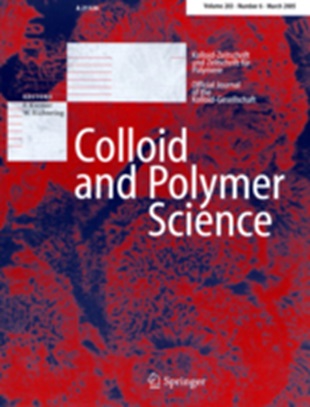The fate and migration behavior of humic acid (HA) colloids in the natural environmental system is affected by numerous factors. This work investigated the effect of metal ions, shear force, and temperature on the aggregation behavior of HA colloids by using dynamic light scattering and fluorescence measurements. Experimental results indicated that the presence of electrolyte cations in the reaction system could decrease electrostatic repulsion and form intermolecular interactions between HA molecules, thus inducing a fast aggregation of HA colloids. A relatively small shear force could facilitate the formation of HA aggregates by enhancing the efficiency of intermolecular collisions, while a high shear force could break the large aggregates into smaller particles. With the increase of the water temperature, HA colloids aggregated aggressively due to the enhanced random Brownian motion of the particles. However, large aggregates formed at higher temperatures disaggregated rapidly due to the enhanced Brownian motion and thermal kinetic energy of water molecules. These results help us to generate hypotheses to guide further studies on the environmental behavior characteristics of HA colloids.


